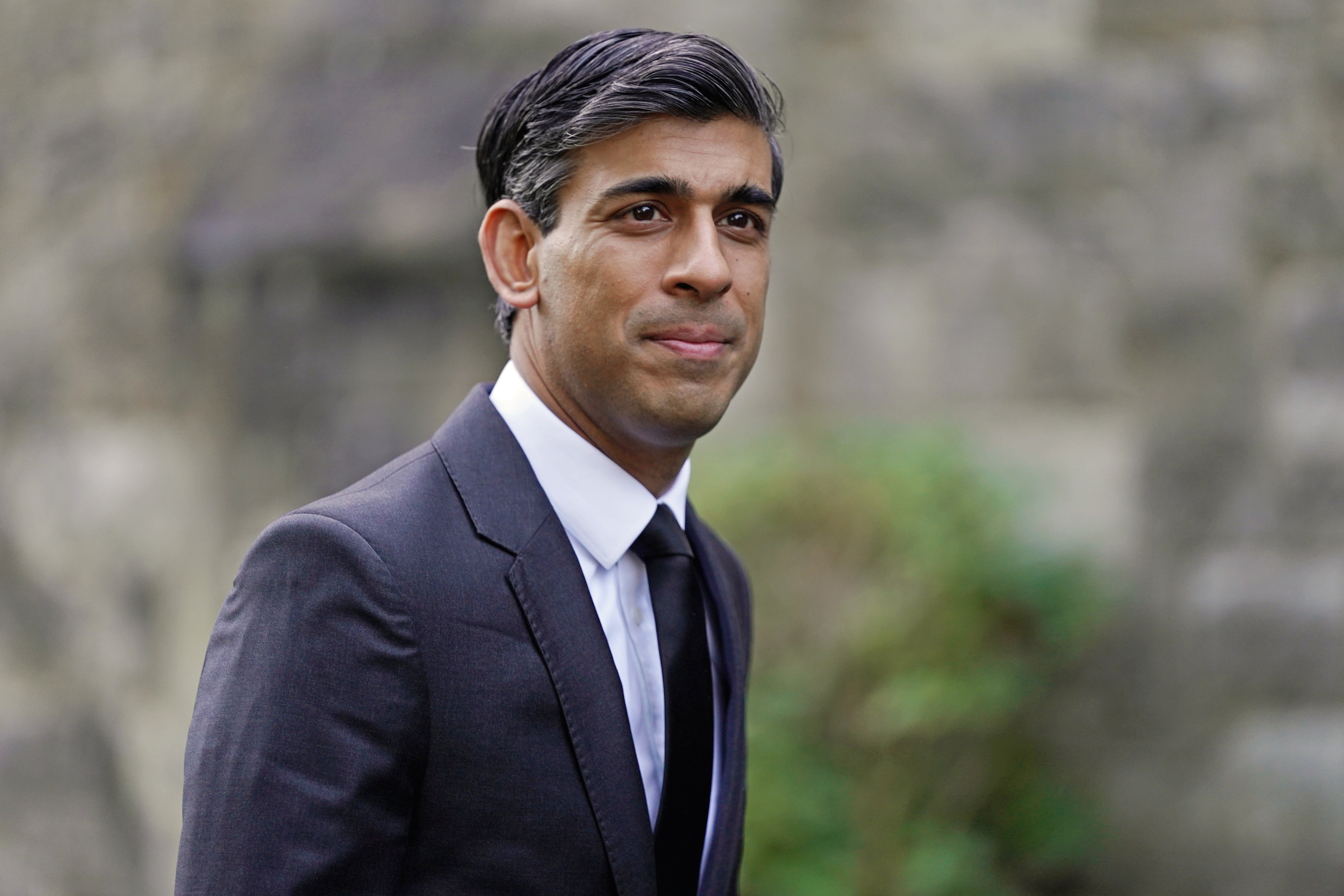Britain should borrow so we can build back better
There are signs that the government’s focus is on meeting budget targets at the expense of long-term investment, says Phil Thornton


It is only 15 years ago that a financial crisis very nearly brought the world economy to its knees, but some of the central lessons have been forgotten.
Although world leaders had the wherewithal to amass $1 trillion (£740bn today) to inject into the global economy to avert a depression, politicians swiftly rushed to claw back some of the money.
The UK was in the vanguard of this move where the coalition government and then-chancellor George Osborne imposed a programme of austerity with a mission to balance the books via cuts to spending.
As the world emerges from a second major economic crisis brought on by the Covid-19 pandemic, there are renewed moves to set out a programme to reduce a debt burden. This time the first stab at a rebalancing will come in the form of a rise in the national insurance contributions (NICs) that both employees and their employers pay. Within the grand scheme of an annual government budget of almost £850bn, the extra £14bn raised is neither here nor there.
However, by choosing a levy that taxes those in work and employers hiring people, it imposes a tax on jobs at a time when households are facing a cost of living crisis thanks to soaring prices for essentials such as food and fuel. But while the choice of tax is ill-advised, the wider point is the whole notion of a need to reduce debt is misplaced in the face of a need to invest to offset entrenched inequalities in the UK while also preparing to deal with the burden of climate change and an ageing population.
The mistake has been to set arbitrary targets to bring the annual deficit or the total stock of debt down to a certain level, rather than take a strategic assessment of what parts of the economy need investment over a particular period of time.
One increasingly vocalised concern is that the debt burden will reach 100 per cent of gross domestic product (GDP) – in other words our debt would be as big as the annual output of the economy – as if that was a line that must not be breached. economic historians will tell you that national debt as a share of GDP soared to around 180 per cent after the First World War and 250 per cent after the Second World War – a level now seen in Japan without any evidence of a funding crisis there.
The government has set out its intention to correct the economic inequalities of income and opportunity that have plagued the UK for decades in its white paper on levelling up with its 12 “mission” points. The overall intent signals a move in the right direction — it even drew comparisons with policies under New Labour — but with it came little new money on top of the £4.8bn announced in last year’s spending review.
This money and the renewed focus on regional development will only partially offset the £10.1bn (17.3 per cent) drop in local government spending (on non-education services) in England between 2009-10 and 2019-20, – with bigger cuts in poorer areas – according to the Institute for Fiscal Studies (IFS).
Tackling regional inequality is fine – as long as the money is there – but the government should be looking to borrow to invest in the country’s structural assets such as education, health, R&D, productivity and physical and digital infrastructure. While this may run counter to conventional economic teaching, the textbook version of fiscal policy has borne little relation to the real world over the last two decades.
In fact, after both the post-war UK episodes, debt was paid off without a default. Indeed, since interest rates dropped to close to zero in the wake of the global financial crisis, global investors have shown a huge appetite for UK gilts as the repeatedly oversubscribed auctions have shown. Yet the current government charter demands public debt to be falling, as a percentage of GDP, by the third year of the forecasts set out by the Office for Budget Responsibility (OBR). Investment spending – which is largely on fixed assets, such as roads and buildings – will be capped at 3 per cent of GDP a year, on average.
Rather than set what seems like a number plucked out of the air, the government should set out clear investment plans for those areas that are essential for long term growth in economic activity and productivity. As US president Joe Biden has shown with his Bipartisan Infrastructure Law and Build Back Better Framework, markets will approve of borrowing with a purpose.
This will not appeal to the current incumbents of Numbers 10 and 11 Downing Street, but they might want to look back at the fiscal rules Gordon Brown put in place in 1997 that separated investment from day-to-day spending.
Twenty-five years on, the Treasury needs a new framework. It may sound like a minor fiddle, but the long-term investment so urgently needed will never be delivered if it gets lost amid battles to cut the debt and the deficit to meet spurious targets.






Join our commenting forum
Join thought-provoking conversations, follow other Independent readers and see their replies
Comments